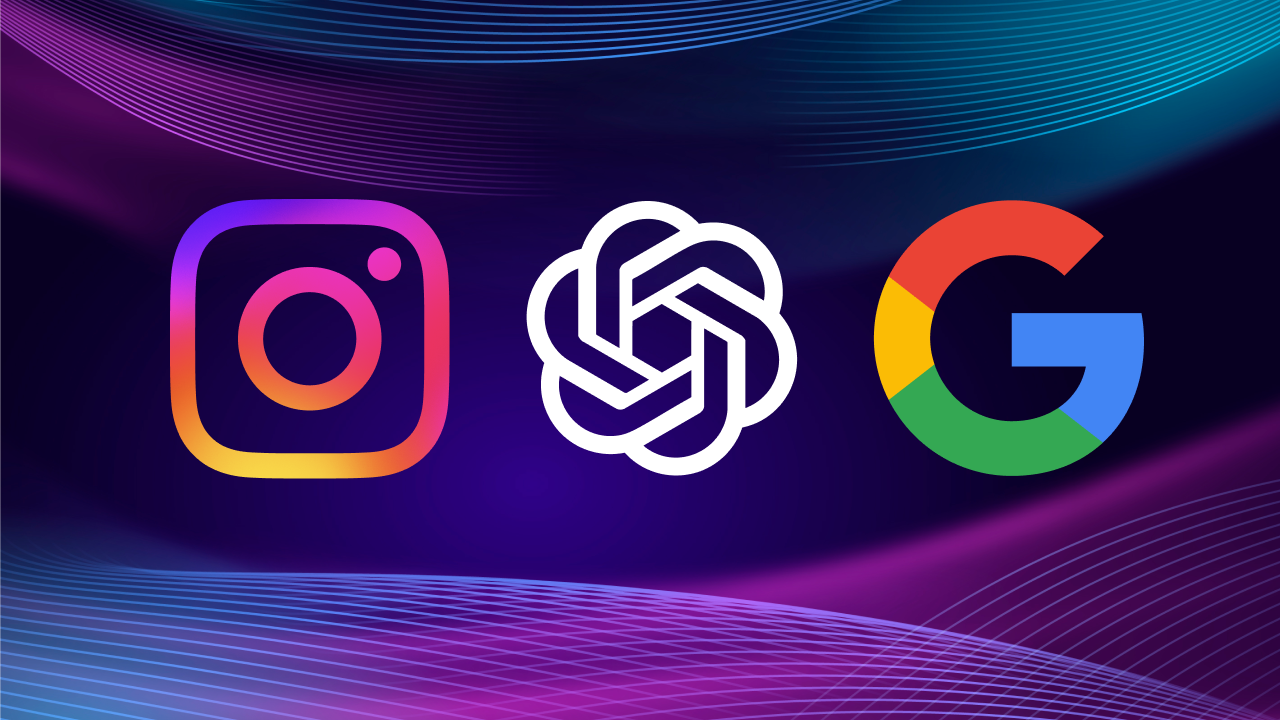Know What Your ICP Is Searching For, and What Content to Create
Is your brand optimized for AI-driven search? Knowing the answer starts with getting inside the head of your ICP (Ideal Customer Persona).
Once you have a clear view of your ICP, you can test drive common search queries they might be making in relation to your services, see where your brand is visible, and where it’s missing the mark.
Today’s newsletter offers a guide to experimenting with searches across discovery platforms like Google, ChatGPT, and more. I’ve broken down common search examples by customer journey stage to visualize how different searches relate to various types of content.
Why You Need to Get Hands-On With AI Search
Why run isolated, manual searches on all these platforms? The simple answer is that there just isn’t a tool out there–yet–that’s truly effective at doing this for you.
Platforms like SEMRush are incorporating AI search and strategy recommendations into their SEO tools (if you’re willing to pay $100/month per domain for the add-on).
But in order to really know what your customers are seeing on their end of search, you need to experiment on the platforms you’re targeting.
Awareness Stage
At this stage, your potential customers know they have a problem but haven’t yet defined the solution. They’re searching broadly and looking for ideas, guidance, or education.
Here are some search examples I did for a variety of industries:
- Real estate: Where do I start with selling my home?
- Manufacturing: “Why are my supply chain costs rising?”
- Pro Audio: “How to eliminate background noise in podcast recordings”
Visibility opportunities:
Informational content from company blogs and websites is often cited in AI Overviews. If your brand can surface as a credible source early in a user’s journey, you’ve earned top-of-funnel awareness. Even smaller brands can achieve this when the content is helpful and intent-aligned.
Content to target:
At this stage, you want to establish thought leadership and address problems without pitching solutions.
Focus on:
- Blogs answering common industry pain points
- Webpage copy that educates rather than sells
- Thought leadership posts or articles that explore key challenges
- SEO-optimized FAQs
- Informational LinkedIn content or short explainers on social media
Your goal here is to build authority and become one of the sources AI platforms reference when users ask these initial questions.
Consideration Stage
Buyers have now defined their problem and are exploring ways to solve it. They're comparing tools, approaches, or service providers.
Search Examples:
- Legal Services: “Top-rated business contract lawyers in Austin”
- Real Estate: “Best real estate agent for first-time home sellers NJ”
- Manufacturing: “Inventory management software vs ERP systems”
Visibility Opportunities:
This is when LLMs and AI search interfaces begin surfacing comparison content, reviews, and buyers’ guides. Discovery surfaces like Google’s AI Overview and Gemini often pull from product pages, third-party directories, and well-structured landing pages.
Content to Target:
- Product/service comparison pages (e.g., “Product A vs Product B”)
- Solution-specific landing pages with clear positioning
- Use case blog posts showing industry-specific applications
- Interactive tools like platform selectors, quizzes, or ROI calculators
Pricing guides or buyer’s handbooks
At this stage, it's all about clarity, differentiation, and giving your potential customer confidence that your solution aligns with their needs.
Decision Stage
By now, you’ve shown up across earlier searches, so you're already part of the buyer’s shortlist. The job here is to reinforce trust and help them commit.
Search Examples:
- Event planning: “Client reviews for high-end event planning SoCal”
- Legal: “Best legal firm for small business contract disputes in NYC”
- Saas: “CRM software trial version with customer support”
Content to Target:
- Testimonials on high-traffic pages
- Case studies showing quantifiable results
- Free trials or product demos
- G2/Capterra reviews (where applicable)
Why Search Experiments Matter
Not all discovery surfaces return the same results. That’s why it’s important to run searches across a range of platforms. Start with Google, ChatGPT, and Gemini. Claude and Perplexity may get less traffic overall, but showing up there can still influence perception, especially among early adopters.
And don’t be surprised if the information you find about your brand is outdated–or just plain wrong. We’ve seen AI search results identify InboundAV as a marketing firm for audio/video companies, which was true nearly a decade ago. Despite publishing a ton of content since then, certain platforms still pick up and surface that outdated information.
What To Do About It:
- Audit your old content. If it’s outdated, update or unpublish it.
- Refresh evergreen pages. AI models favor consistently maintained sources.
- Add clear timestamps to new articles.
- Ask and answer common questions your ICP might type in directly.
- Check your brand’s citations across LLMs monthly. Visibility is fluid.
This is visibility work that most companies still aren’t doing. That means there’s a real advantage for those who are willing to test and iterate.
Try It Out
The companies that win here will be the ones with the most useful content aligned to real user questions at every stage of the journey.
If you play around with this and see surprising results with your brand’s AI visibility, drop me a note. I’m always interested in what these platforms are surfacing and why.


%201920x950%20(8).png)
%201920x950.png)
%201920x950-4.png)

